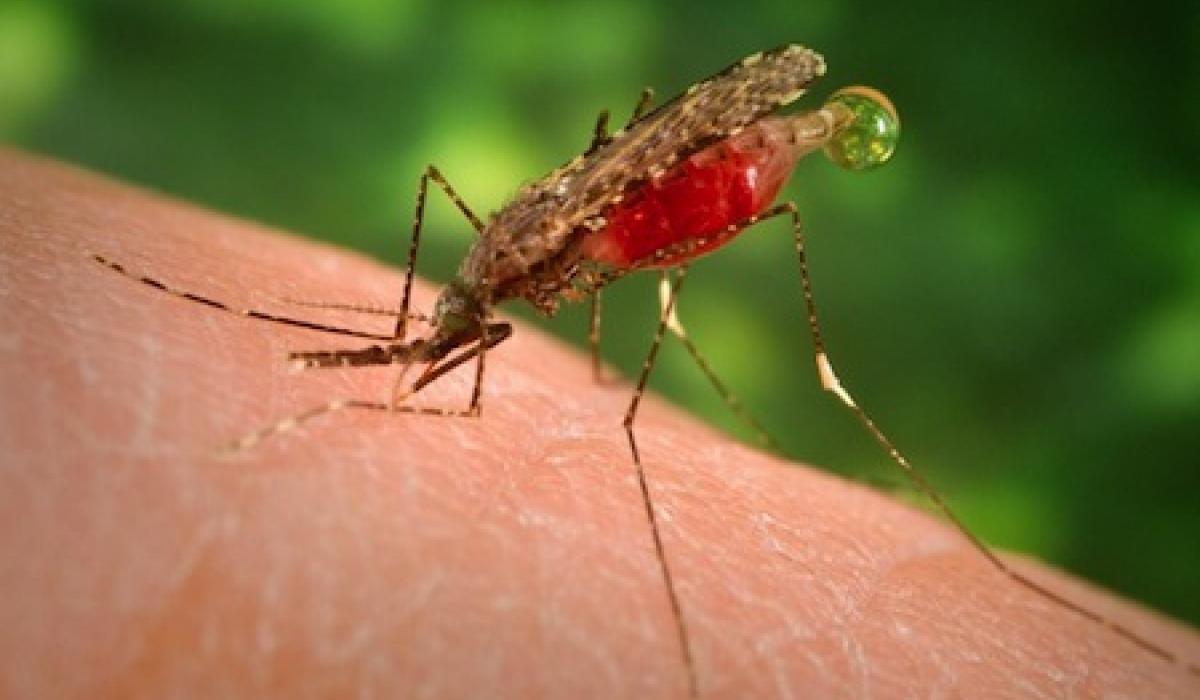
The Anopheles dirus complex includes non-vector and vector species of human malaria. Anopheles dirus (formerly A. dirus species A) is distributed in eastern Asia (Myanmar, Thailand, Cambodia, Laos, Vietnam, and Hainan Island in China).
Members of the Dirus Complex inhabit forested mountains and foothills, cultivated forests, plantations (e.g. rubber) and forest fringes. Larvae typically inhabit small, shallow, usually temporary, mostly shaded bodies of fresh, stagnant (or very slowly flowing) water, such as pools, puddles, small pits (e.g. gem pits), animal footprints (e.g. elephant footprints), wheel ruts, hollow logs, streams and even wells located in primary, secondary evergreen or deciduous forests, bamboo forests and fruit or rubber plantations. Water can be clear or turbid, and habitats with nitrogenous wastes, due to elephant and buffalo excreta or rotten leaves, appear more productive. These species are most abundant during the rainy (monsoon) season due to the larval requirement and oviposition preference for small temporary pools.
An. dirus and An. baimaii are highly anthropophilic, exophagic as well as endophagic, and exophilic. Studies have shown that biting activity is species-specific, for example in Thailand, An. dirus has a tendency to bite between 20:00 and 23:00 and An. baimaii from 22:00 to 02:00, although in India earlier biting at 20:00 to 21:00 was also recorded for An. baimaii. An. scanloni is also anthropophilic and is an early evening biter with peak activity starting at dusk, between 18:00 to 19:00.
An. dirus is a very efficient vector Its long life and highly anthropophilic nature means that only a small population is necessary to maintain high malaria endemicity. The situation is, however, more complicated because the Dirus Complex includes seven species that vary from highly competent vectors of malaria to non-vectors. The primary disease vectors are An. dirus and An. baimaii which both transmit Plasmodium falciparum and P. vivax. An. scanloni plays a more focal role in malaria transmission of both P. falciparum and P. vivax in Thailand. There is no clear evidence that An. cracens (restricted to the Thai-Malaysian peninsular) and An. elegans (only present in hill forests of southwestern India) are involved in malaria transmission. The two remaining species of the complex, An. nemophilous and An. takasagoensis, (the latter species being restricted to Taiwan) appear to be non-vectors of human malaria due to their strict zoophilic behaviour.
| BACK | Source: VectorBase |
